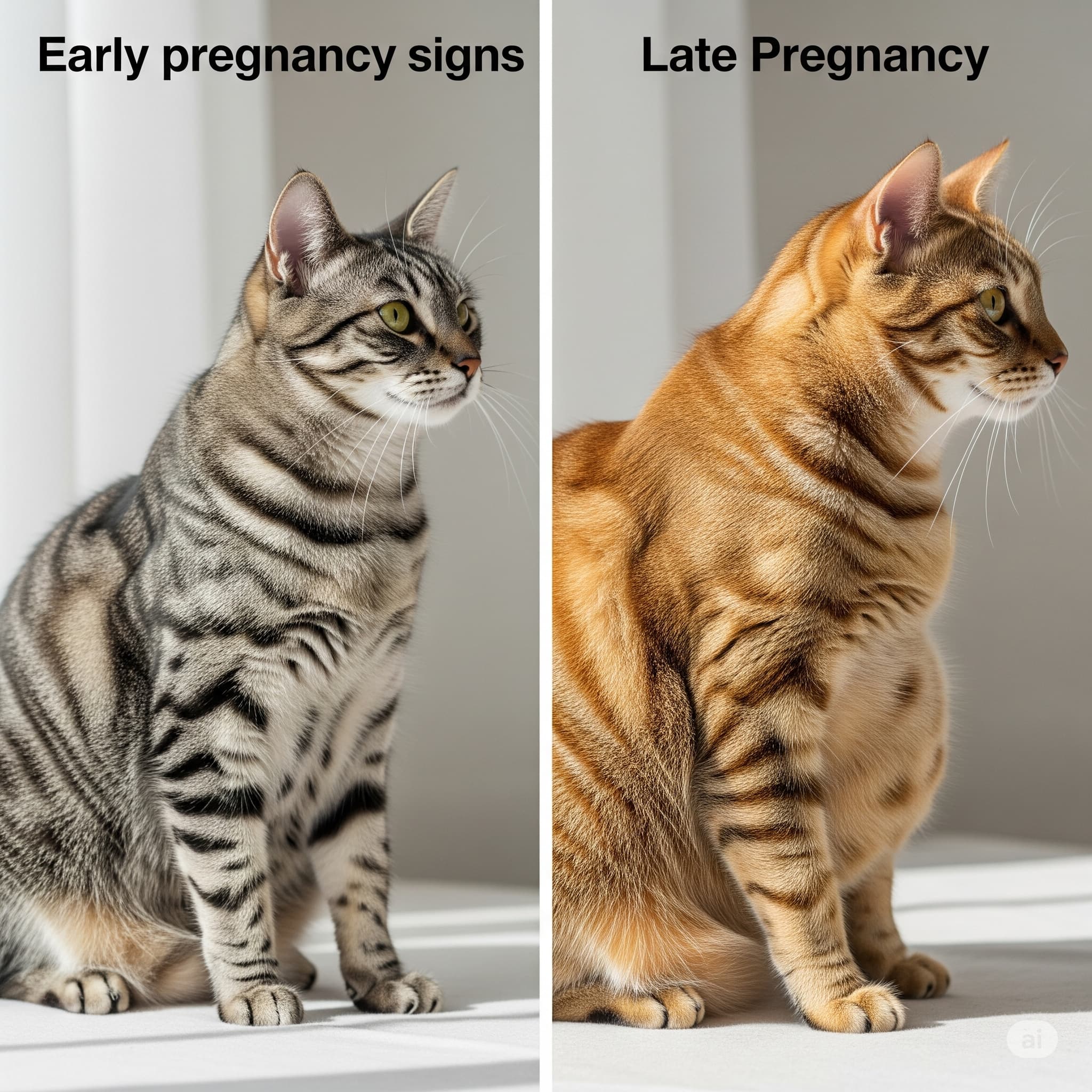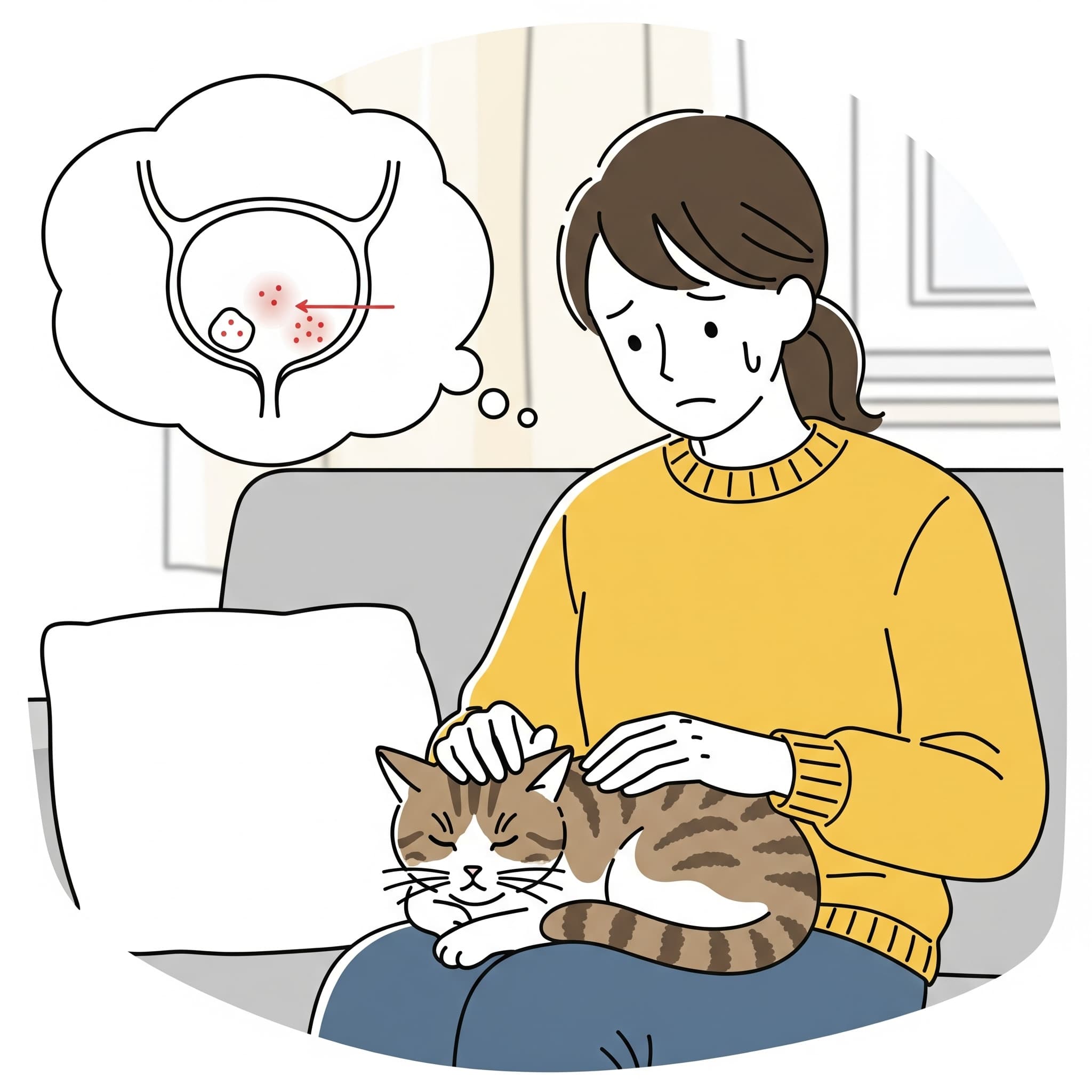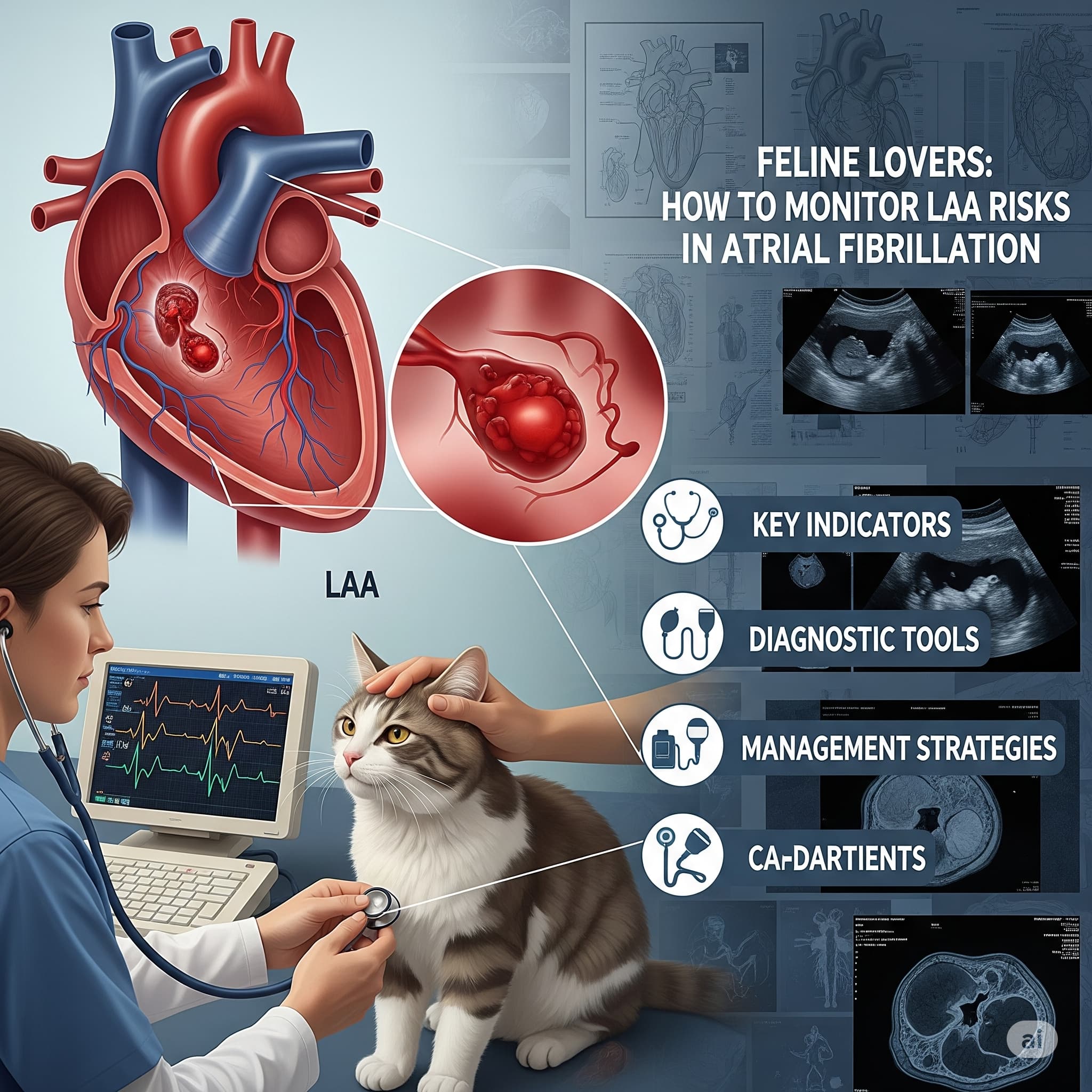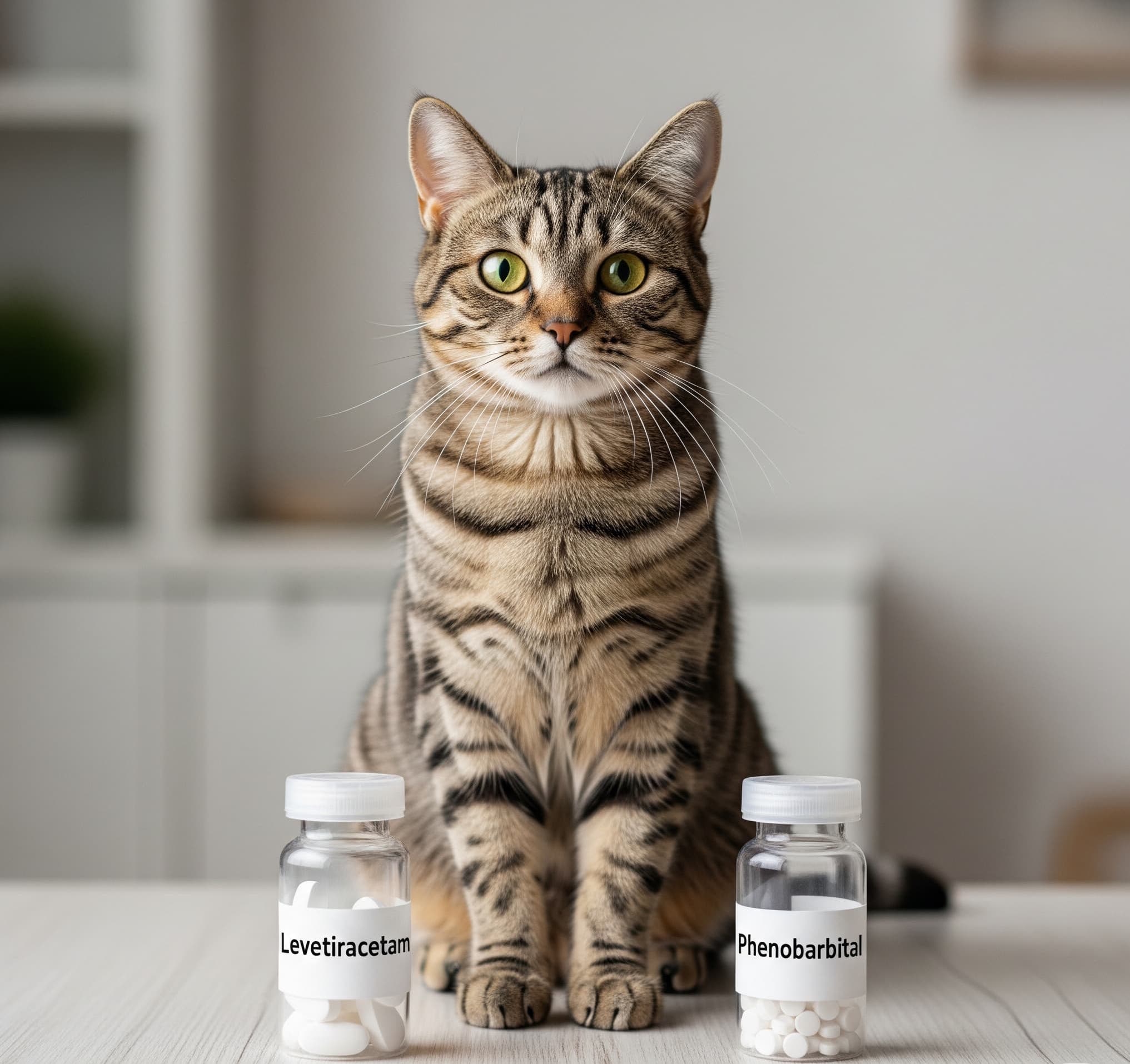Early vs Late Pregnancy Signs: When to Expect What in Cats
Learn when to spot early vs late cat pregnancy signs. Complete timeline guide helps you know what to expect at each stage of your cat’s pregnancy journey.
Introduction
Discovering your cat might be pregnant can bring a mix of excitement and concern. Many cat owners struggle to tell the difference between early pregnancy signs and normal behavioral changes. Understanding the timeline of cat pregnancy signs helps you provide the best care at each stage. Whether you’re dealing with an unexpected pregnancy or planning a litter, knowing what to expect can make all the difference.
To help you navigate this important topic and quickly find the information you need, here are the key sections we’ll explore:
- Understanding Cat Pregnancy Timeline Basics
- Week-by-Week Early Pregnancy Signs (0-3 weeks)
- Mid-Pregnancy Changes You’ll Notice (4-6 weeks)
- Late Pregnancy Signs and Preparation (7-9 weeks)
- When to Call Your Veterinarian
Understanding Cat Pregnancy Timeline Basics
Cat pregnancy lasts about 64-67 days from conception. This short timeframe means changes happen quickly. Unlike human pregnancy, cat pregnancy signs can be subtle at first. Many owners miss early signs completely.
The pregnancy divides into three clear stages. Each stage brings different physical and behavioral changes. Early signs focus on subtle shifts in eating and mood. Late signs include obvious physical changes like belly growth.
Cats can get pregnant as early as 4 months old. They can also carry kittens from different fathers in the same litter. This makes tracking pregnancy timing tricky without knowing the exact mating date.
Female cats are most fertile during spring and summer months. Indoor cats with artificial lighting can cycle year-round. Understanding these basics helps you watch for the right signs at the right time.
Week-by-Week Early Pregnancy Signs (0-3 weeks)
The first three weeks bring the most subtle changes. Your cat’s nipples might turn slightly pink around week 2-3. This “pinking up” is often the first visible sign. The nipples also become more prominent than usual.
Morning sickness can start around week 3. Unlike dogs, cats rarely vomit from pregnancy. Instead, they might eat less or seem pickier about food. Some cats eat more than normal during early pregnancy.
Behavioral changes appear gradually. Your cat might seek more attention or become more affectionate. Some cats become quieter and sleep more. These changes are easy to miss or blame on other factors.
Heat cycles stop immediately after conception. If your cat was in heat and suddenly stops calling or seeking males, pregnancy is likely. This is one of the most reliable early signs.
Your cat might show subtle nesting instincts. She could start spending time in quiet, enclosed spaces. This behavior is much milder than late pregnancy nesting but still noticeable.
Mid-Pregnancy Changes You’ll Notice (4-6 weeks)
Week 4-6 brings more obvious changes. The belly starts showing a slight roundness. Weight gain becomes noticeable, usually 2-4 pounds total. The nipples grow larger and darker pink.
Appetite changes become more clear. Most pregnant cats eat 25-50% more food. They might prefer smaller, more frequent meals. Some cats develop strong preferences for certain foods.
Nesting behavior often starts around week 5-6. Your cat might explore closets, drawers, or quiet corners. She’s looking for safe places to give birth. This behavior increases as delivery approaches.
Energy levels typically decrease during mid-pregnancy. Your cat might play less and nap more. She might also become less interested in going outside if she normally does.
The belly feels firmer when gently touched. You should never press hard or try to feel for kittens. Let your vet handle physical examinations during check-ups.
Your cat might become more vocal during this stage. She could meow more often or make different sounds. Some cats purr more frequently than usual.
Late Pregnancy Signs and Preparation (7-9 weeks)
The final weeks bring dramatic changes. The belly becomes obviously round and firm. You might see or feel kittens moving around week 7-8. The movement becomes more visible as space gets tight.
Nipples prepare for nursing during late pregnancy. They become large, dark, and might leak milk in the final week. The mammary glands swell noticeably along the belly.
Nesting behavior intensifies greatly. Your cat might shred paper, blankets, or towels. She’s preparing a nest for birth. Provide a quiet, comfortable box with soft bedding.
Temperature drops slightly 12-24 hours before birth. Normal cat temperature is 101-102°F. It drops to 99-100°F just before labor starts. Other pre-labor signs include restlessness and vocal behavior.
Your cat might follow you around more in the final weeks. She’s seeking comfort and security before giving birth. This clingy behavior is completely normal.
Appetite might decrease in the final week. The growing kittens leave less room for food. Offer smaller, nutrient-rich meals more frequently.
When to Call Your Veterinarian
Schedule a vet visit as soon as you suspect pregnancy. Early prenatal care helps ensure healthy kittens and mother. The vet can confirm pregnancy around 3-4 weeks using ultrasound.
Watch for concerning signs at any stage. Heavy bleeding, severe vomiting, or extreme lethargy need immediate attention. Difficulty breathing or collapse requires emergency care.
Late pregnancy warning signs include green discharge before kittens arrive. Straining for more than an hour without producing a kitten needs help. Not eating for more than 24 hours is also concerning.
Regular check-ups help catch problems early. Your vet can guide you on nutrition, supplements, and birth preparation. They can also estimate due dates and kitten numbers.
X-rays during the final week can count kittens accurately. This helps you know when labor is complete. It also alerts you to potential complications.
Blood tests can check for infections or health issues. Pregnant cats need extra nutrition and care. Your vet can recommend the best diet and supplements.
Conclusion
Recognizing the difference between early and late cat pregnancy signs helps you provide proper care throughout the journey. Early signs like nipple changes and behavioral shifts are subtle but important. Late signs like obvious belly growth and nesting behavior signal approaching birth.
Remember that every cat is different. Some show clear signs early, while others hide pregnancy well into late stages. When in doubt, consult your veterinarian for professional guidance.
The key is knowing what to look for at each stage. Early detection allows for better prenatal care. Late-stage preparation ensures a safe delivery for mother and kittens.
Are you currently watching for pregnancy signs in your cat? Share your experience in the comments below, and don’t forget to bookmark this guide for future reference!




Post Comment